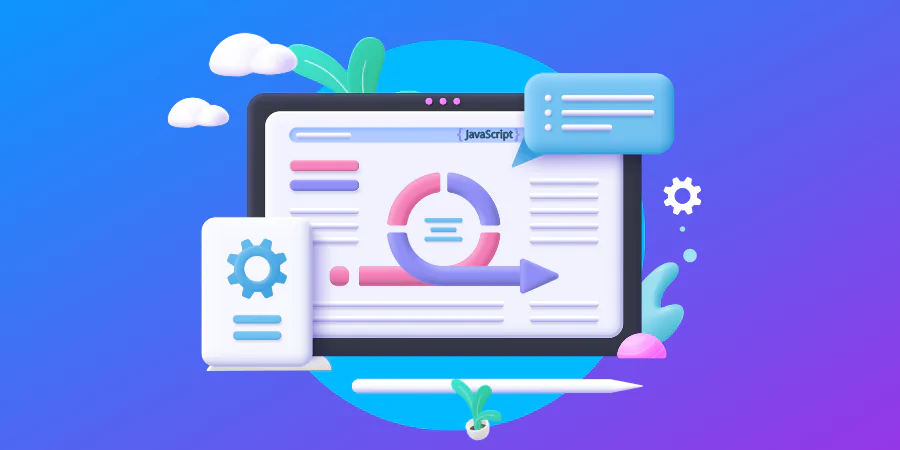Introduction to Website Development
https://symbiacanada.ca/ In today’s digital age, having a strong online presence is imperative for businesses and individuals alike. Website development plays a crucial role in creating and maintaining this online presence. It involves designing, building, and maintaining websites to ensure they are functional, user-friendly, and visually appealing.
Understanding MERN Stack Development
MERN stack development is a popular choice among developers for building dynamic and interactive web applications. MERN stands for MongoDB, Express.js, React.js, and Node.js. Each component of the stack serves a specific purpose in the development process.
Components of MERN Stack
MongoDB
MongoDB is a NoSQL database that stores data in a flexible, JSON-like format. It offers scalability and flexibility, making it ideal for handling large volumes of data in web applications.
Express.js
Express.js is a lightweight and flexible Node.js web application framework. It simplifies the process of building server-side web applications by providing a robust set of features and utilities.
React.js
React.js is a JavaScript library for building user interfaces. It allows developers to create reusable UI components and efficiently update the user interface as data changes.
Node.js
Node.js is a JavaScript runtime built on Chrome’s V8 JavaScript engine. It allows developers to run JavaScript code on the server-side, enabling the development of highly scalable and efficient web applications.
Advantages of MERN Stack Development
One of the main advantages of MERN stack development is its use of JavaScript across the entire application stack. This allows for a more seamless development experience and greater code reusability.
Additionally, MERN stack applications are known for their speed and performance, thanks to the use of Node.js on the server-side and React.js on the client-side.
Challenges in MERN Stack Development
https://symbiacanada.ca/a-comprehensive-roadmap-to-master-mern-stack-development/ While MERN stack development offers many benefits, it also comes with its own set of challenges. One challenge is the steep learning curve associated with mastering all four technologies.
Another challenge is managing state in React.js applications, which can become complex as the application grows in size and complexity.
Comparison with Other Stacks
MERN stack development is often compared to other stacks, such as MEAN (MongoDB, Express.js, AngularJS, Node.js) and LAMP (Linux, Apache, MySQL, PHP/Python/Perl). Each stack has its own strengths and weaknesses, and the choice between them depends on the specific requirements of the project.
Common Tools and Technologies Used
In addition to the core components of the MERN stack, developers often use a variety of tools and technologies to streamline the development process. Some common tools include package managers like npm and yarn, version control systems like Git, and build tools like Webpack and Babel.
Best Practices for MERN Stack Development
To ensure the success of a MERN stack project, it’s important to follow best practices throughout the development process. This includes writing clean and modular code, implementing proper error handling and validation, and regularly testing and debugging the application.
How to Get Started with MERN Stack
Getting started with MERN stack development is relatively straightforward, especially for developers already familiar with JavaScript. There are plenty of online resources, tutorials, and courses available to help beginners learn the ins and outs of each component of the stack.
MERN Stack Development Process
The MERN stack development process typically involves several stages, including planning and design, development, testing, deployment, and maintenance. Each stage requires careful attention to detail and collaboration between developers, designers, and stakeholders.
Case Studies of Successful MERN Stack Applications
There are many successful MERN stack applications in use today, ranging from small startups to large enterprises. Examples include social networking platforms, e-commerce websites, and project management tools.
Future Trends in MERN Stack Development
As technology continues to evolve, so too will MERN stack development. Some future trends to watch out for include the use of serverless architecture, progressive web applications (PWAs), and artificial intelligence (AI) integration.
Conclusion
In conclusion, MERN stack development offers a powerful and versatile platform for building modern web applications. By leveraging the strengths of MongoDB, Express.js, React.js, and Node.js, developers can create fast, scalable, and feature-rich applications that meet the needs of today’s users.

